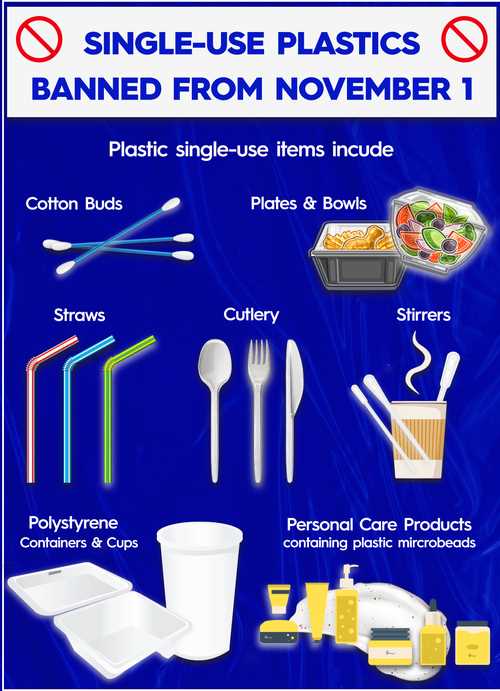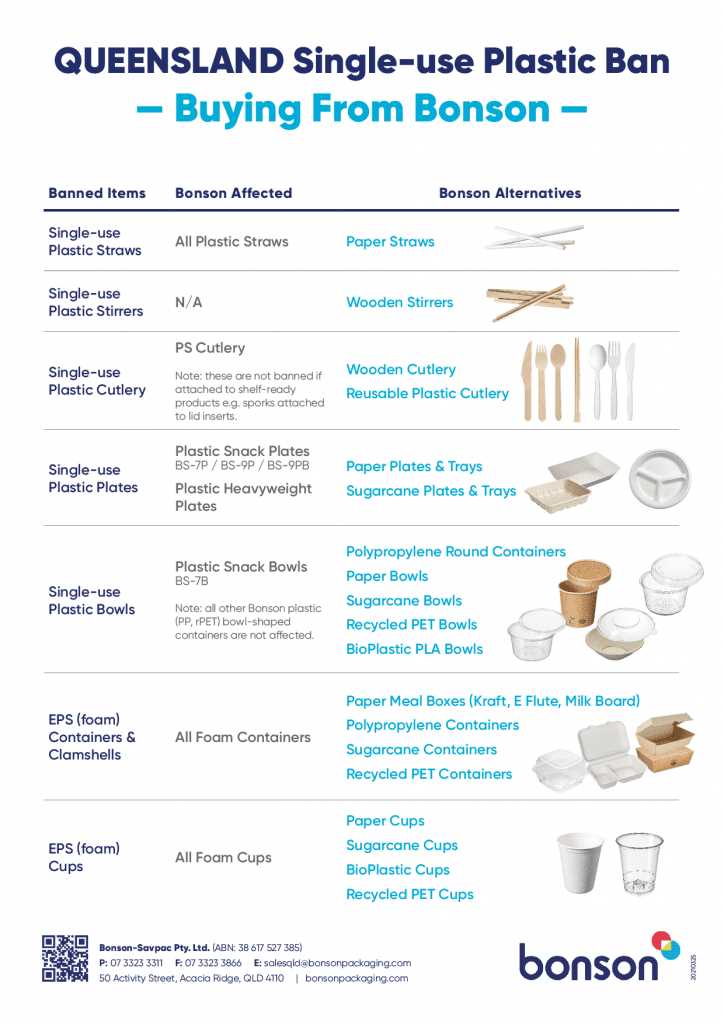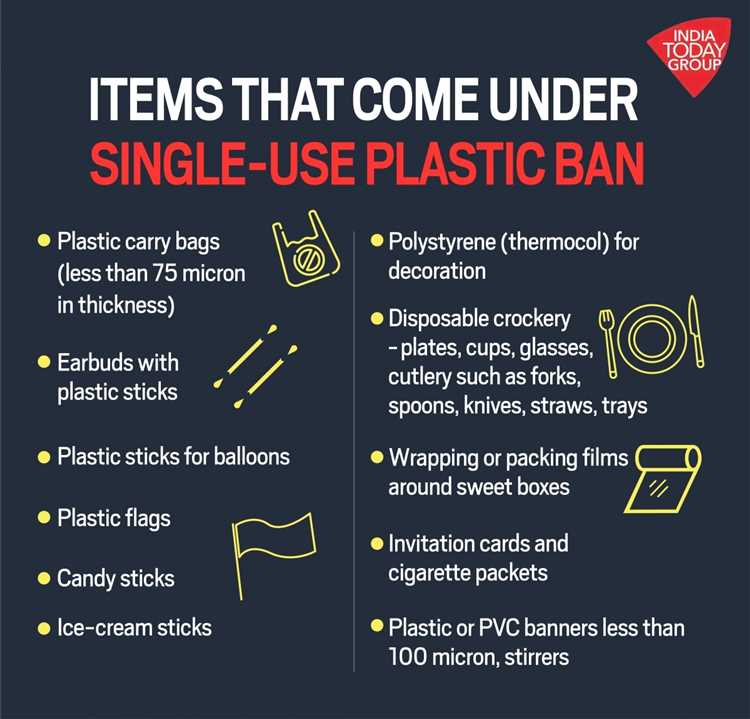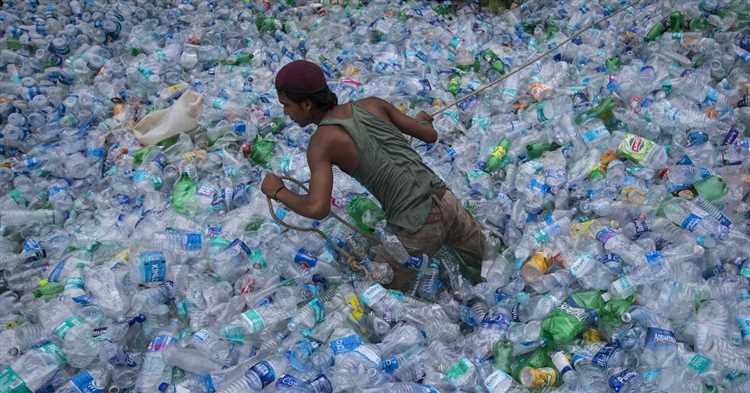In recent years, there has been increasing concern about the negative impact of plastic waste on the environment. To address this issue, governments and organizations around the world have implemented or are considering implementing bans on certain types of single-use plastics. But what exactly does this plastic ban include?
The plastic ban typically targets items such as plastic bags, straws, cutlery, and stirrers, which are among the most commonly found plastic waste in the environment. These items are often used once and then discarded, contributing to the growing problem of plastic pollution. By banning or reducing the use of these items, governments hope to reduce the amount of plastic waste that ends up in our oceans, rivers, and landfills.
The scope of the plastic ban can vary depending on the region or country. Some bans only apply to specific types of plastic products, while others have a broader scope and cover a wide range of single-use plastics. Additionally, some bans may include incentives for businesses and consumers to switch to more environmentally friendly alternatives, such as reusable bags or compostable utensils.
While the plastic ban is an important step towards reducing plastic pollution, it is not without its challenges. One of the main concerns is finding suitable alternatives that are both practical and sustainable. For example, paper bags may be a popular alternative to plastic bags, but their production also has environmental impacts. This highlights the need for a comprehensive approach that considers the entire lifecycle of a product, from production to disposal.
In conclusion, the plastic ban aims to tackle the issue of plastic waste by restricting or prohibiting the use of certain single-use plastics. It is a crucial step towards a more sustainable future, but it requires careful consideration of alternative materials and a collective effort from governments, businesses, and consumers to make it a success.
- What is the Plastic Ban and Why is it Important?
- Effects of Plastic on the Environment
- Understanding the Scope of the Plastic Ban
- Single-Use Plastics
- Microplastics
- Alternatives to Plastic Products
- Question-answer
- What is the plastic ban?
- What types of plastic products are included in the ban?
- Why is there a plastic ban?
- How will the plastic ban affect businesses?
- Are there any exemptions to the plastic ban?
What is the Plastic Ban and Why is it Important?
The plastic ban refers to the prohibition or restriction on the use and production of certain types of plastic products. It is a measure implemented by governments and organizations worldwide to address the environmental issues caused by plastic pollution.
Plastic pollution has become a global crisis, with millions of tons of plastic waste ending up in the oceans and landfills each year. Plastic takes hundreds of years to decompose, and during this time, it releases harmful chemicals into the environment, leading to devastating consequences for wildlife and ecosystems.
The plastic ban aims to reduce the usage and disposal of single-use plastics such as plastic bags, straws, cutlery, and packaging materials. By implementing this ban, governments and organizations hope to encourage individuals and businesses to adopt more sustainable alternatives, such as reusable bags, biodegradable materials, and eco-friendly packaging.
The importance of the plastic ban cannot be overstated. By reducing the production and consumption of single-use plastics, we can significantly decrease the amount of plastic waste generated, thereby mitigating the negative impacts on the environment. This, in turn, can help preserve and protect our oceans, reduce pollution, and safeguard the health of ecosystems and wildlife.
Additionally, the plastic ban promotes a shift towards a more sustainable and circular economy. It encourages the development and use of innovative alternatives to traditional plastics, which are designed to be more environmentally friendly and easily recyclable. This not only reduces our reliance on fossil fuels, which are used to produce plastic, but also reduces the overall carbon footprint associated with the plastic manufacturing process.
The plastic ban is a crucial step in addressing the plastic pollution crisis and protecting our planet for future generations. By understanding the importance of this ban and supporting its implementation, we can all contribute to a cleaner, greener, and more sustainable future.
Effects of Plastic on the Environment
Plastic, despite its convenience and widespread use, has detrimental effects on the environment. The production, consumption, and disposal of plastic contribute to a range of environmental problems.
Pollution: Plastic is a major source of pollution in the environment. When plastic items, such as bottles and bags, are not properly disposed of, they often end up in landfills or bodies of water. This leads to pollution of the soil, water, and air. Plastic pollution poses a serious threat to wildlife, as animals can ingest or become entangled in plastic waste, leading to injury or death.
Microplastics: One of the most concerning effects of plastic on the environment is the presence of microplastics. These are tiny plastic particles measuring less than 5mm in size. Microplastics are found in oceans, rivers, and even in the air we breathe. They can be ingested by marine life and enter the food chain, eventually reaching humans. The long-term effects of microplastic ingestion on human health are still not fully understood.
Climate Change: The production of plastic contributes to greenhouse gas emissions, which accelerate climate change. Plastic is primarily made from fossil fuels, such as oil and gas. Extracting and processing these fossil fuels release large amounts of carbon dioxide into the atmosphere. Additionally, the incineration of plastic waste releases greenhouse gases and toxic pollutants.
Resource Depletion: The production of plastic requires significant amounts of resources, including fossil fuels and water. As plastic consumption continues to rise, so does the demand for these finite resources. This leads to resource depletion and exacerbates environmental problems associated with their extraction and use.
Reduced Biodiversity: Plastic pollution not only harms individual animals, but it also contributes to the larger issue of biodiversity loss. When ecosystems are polluted with plastic waste, it disrupts the balance and functioning of natural habitats. This can result in the decline of certain species and the loss of biodiversity.
Impacts on Human Health: The negative effects of plastic on the environment also extend to human health. Chemicals present in plastic, such as phthalates and bisphenols, can leach into food and water sources, posing potential health risks. These chemicals have been linked to reproductive problems, hormonal imbalances, and certain types of cancer.
Overall, the effects of plastic on the environment are far-reaching and severe. It is crucial to address the issue of plastic pollution and adopt sustainable alternatives to minimize its impact on the environment and human health.
Understanding the Scope of the Plastic Ban

The plastic ban refers to the regulations and restrictions put in place to limit or prohibit the use of certain types of plastic products. It is aimed at reducing plastic waste and its negative impact on the environment. While the specific items included in the ban may vary depending on the country or region, there are common categories of plastic products that are typically targeted.
Single-Use Plastics

One of the main targets of the plastic ban is single-use plastics, which are designed to be used once and then discarded. These include items such as plastic bags, straws, cutlery, and food packaging. Single-use plastics are a major contributor to plastic pollution due to their short lifespan and high consumption rate. By restricting their use, the plastic ban aims to promote more sustainable alternatives.
Microplastics

Another area of focus for the plastic ban is microplastics. These are tiny plastic particles that are often not visible to the naked eye and are found in a wide range of products, including cosmetics, cleaning agents, and textiles. Microplastics pose a threat to marine life and can enter the food chain, potentially impacting human health. Regulations on microplastics aim to reduce their production and use, as well as promote proper disposal methods.
In addition to these primary categories, the plastic ban may also encompass other plastic products that are deemed environmentally harmful, such as certain types of packaging, containers, and fishing gear. The purpose of the ban is to encourage the transition to more sustainable alternatives and to raise awareness about the consequences of plastic waste.
It is important for individuals and businesses to understand the scope of the plastic ban in their respective areas and to comply with the regulations in order to contribute to a cleaner and healthier environment for future generations.
Alternatives to Plastic Products

With the increasing concern over plastic pollution and the negative impact it has on the environment, it is important to explore alternative options for everyday products. Here are some alternatives to plastic products:
- Reusable bags: Instead of using plastic bags, opt for reusable bags made from materials like cotton, canvas, or jute.
- Glass containers: Switch from plastic containers to glass containers for storing food or beverages. Glass is a more sustainable option and does not leach harmful chemicals.
- Stainless steel water bottles: Rather than buying single-use plastic water bottles, invest in a stainless steel water bottle that can be refilled and used multiple times. This reduces plastic waste and helps to decrease plastic production.
- Bamboo toothbrushes: Replace plastic toothbrushes with bamboo toothbrushes, which are biodegradable and more eco-friendly.
- Beeswax wraps: Instead of using plastic wrap, consider using beeswax wraps to cover and preserve food. These wraps are reusable and biodegradable.
- Biodegradable cutlery: Opt for biodegradable cutlery made from materials like bamboo or compostable plant starch instead of plastic utensils.
These are just a few examples of the many alternatives to plastic products that are available. By making small changes in our everyday lives, we can collectively make a big difference in reducing plastic waste and protecting the environment.
Question-answer
What is the plastic ban?
The plastic ban refers to the restrictions and regulations placed on the use and manufacturing of certain types of plastic products.
What types of plastic products are included in the ban?
The ban includes single-use plastic items such as plastic bags, straws, cutlery, cups, and plates. However, the specific banned items may vary depending on the country or region.
Why is there a plastic ban?
The plastic ban is implemented in an effort to reduce the negative environmental impacts of plastic waste. Plastic is known to take hundreds of years to decompose and poses a threat to marine life and ecosystems.
How will the plastic ban affect businesses?
The plastic ban may require businesses to find alternative packaging and utensil options. This could potentially increase costs for businesses that rely heavily on plastic products. However, it may also create opportunities for businesses that provide eco-friendly alternatives.
Are there any exemptions to the plastic ban?
Some countries or regions may have exemptions for certain types of plastic products, such as medical equipment or packaging for certain foods. However, the overall aim of the ban is to reduce plastic waste as much as possible.